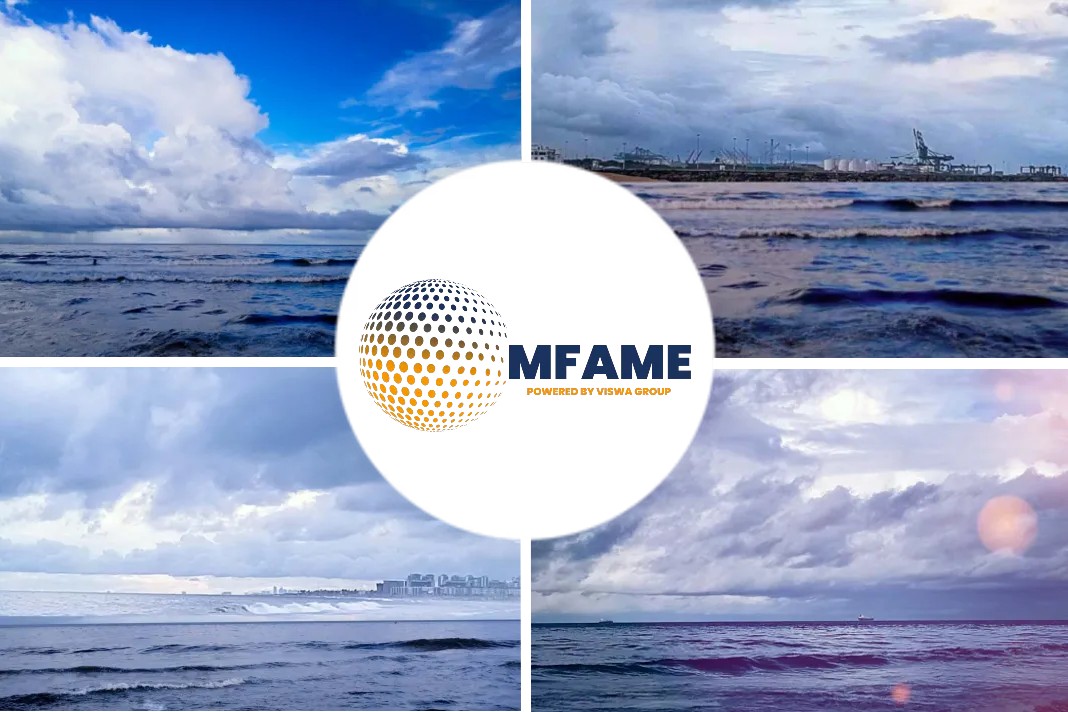- Six ships operating with Flettner rotors including an Ultramax bulk carrier.
- They also include an oil tanker, ferries, and vehicle carriers.
- They comprise narrow vertical rotors that don’t take up too much room.
- The motors can be mounted on trolleys, moved during loading and unloading operations for cargo ships.
- IWA has a purpose-built wind-assisted ship and powered entirely by wind.
- It provides a 50% average reduction in fuel consumption and GHG emissions.
According to an article published in Maritime-Executive and authored by Edward Downing, the marine shipping industry is under significant pressure to meet ambitious carbon emission reductions of half the 2008 level by 2050.
Harvesting the power of the wind
Virtually limitless, the wind is synonymous with the history of shipping, and an important supplement to other energy sources that could make the industry greener and those carbon-cutting objectives achievable. But with the revival of wind power, engineers and ship designers are harnessing new technologies and materials that provide a more modern take on the cloth, flax, and linen sails on wooden masts of yore.
In their simplest form, modern high-tech sails are arranged on a ship’s deck to catch the breeze based on sophisticated computer software. But such a rig can clutter the deck of the ship and interfere with the loading and unloading of cargo. So AirSeas, a spin-off of Airbus Industries, has developed an industrial-scale kite that can pull a ship along without taking up very much room.
High-efficient and cutting-edge technologies
There are several takes on reducing the intrusive nature of sails to make them more efficient. The Dutch company eConowind has developed a highly-efficient suction wing called a Ventifoil, which uses an internal fan to enhance the boundary layer of an airfoil to produce more “lift” which drives the ship forward.
Another example, and probably the most innovative and widely used wind-driven technology, is the Flettner rotor. These look nothing like a sail and harness the Magnus effect named for the 1850s German physicist. He noticed that when a spinning object – such as a ball – moves through the air, it experiences a sideways force. To capture this effect on ships, giant tubes are mounted vertically on its deck like upright pipes, and a small electric motor gives them their spin. When the wind blows from the side of the spinning rotors, the Magnus effect creates forward thrust.
Opting for narrow vertical motors
There are six ships operating globally with Flettner rotors including an Ultramax bulk carrier, an oil tanker, ferries, and vehicle carriers with three more coming on stream later this year. The narrow vertical rotors don’t take up too much room and can be mounted on trolleys so they can be moved during loading and unloading operations for cargo ships.
Retrofitting sails reduce GHGs
Preliminary estimates of the fuel consumption and greenhouse gas reduction benefits to be gained by retrofitting sails to ships varies from 1% to 47% depending on the number of sails, and the speed and direction of the wind, according to the International Council on Clean Transportation. Usually, the sails are deployed if the wind direction happens to be favorable, but what if ships could take advantage of modern global positioning and weather forecasting technology to plan their routes to maximize the wind? How much greater advantage could that be?
Vessels running on wind energy
While these technologies can be retrofitted to existing ships, others have taken a more radical approach. What if the shape and structure of the ship itself were designed to catch the wind? Usually, mariners are fighting against the effects of crosswinds, but if the hull of the ship could be designed to act more like a wing, then the ship could literally fly through the wind using its hull as a sail. The International Windship Association says purpose-built wind-assisted ships would have a 50% average reduction in fuel consumption and GHG emissions, and some designs could be fully wind-powered.
Serious challenges ahead
The shipping industry has serious challenges ahead to reduce its carbon footprint. There are other competing low carbon options under development but so many of them seem to be focused on finding replacements for traditional fuels. To make a radical change like moving to wind power will require structural changes. Ships are large investments with lifespans of 30 or more years, so shipowners who purchase vessels need to be sure they could share in some of the fuel savings to be gained by the ship operators who lease them to justify the investment. And operators would need to factor limitations on cargo capacity or extended journey times because of wind conditions.
Conclusion
But all these problems don’t seem insurmountable given how large the opportunity is, and this time it will be a good thing if history repeats itself so ships are once again powered by the wind.
Did you subscribe to our daily newsletter?
It’s Free! Click here to Subscribe!
Source: Maritime-Executive

















